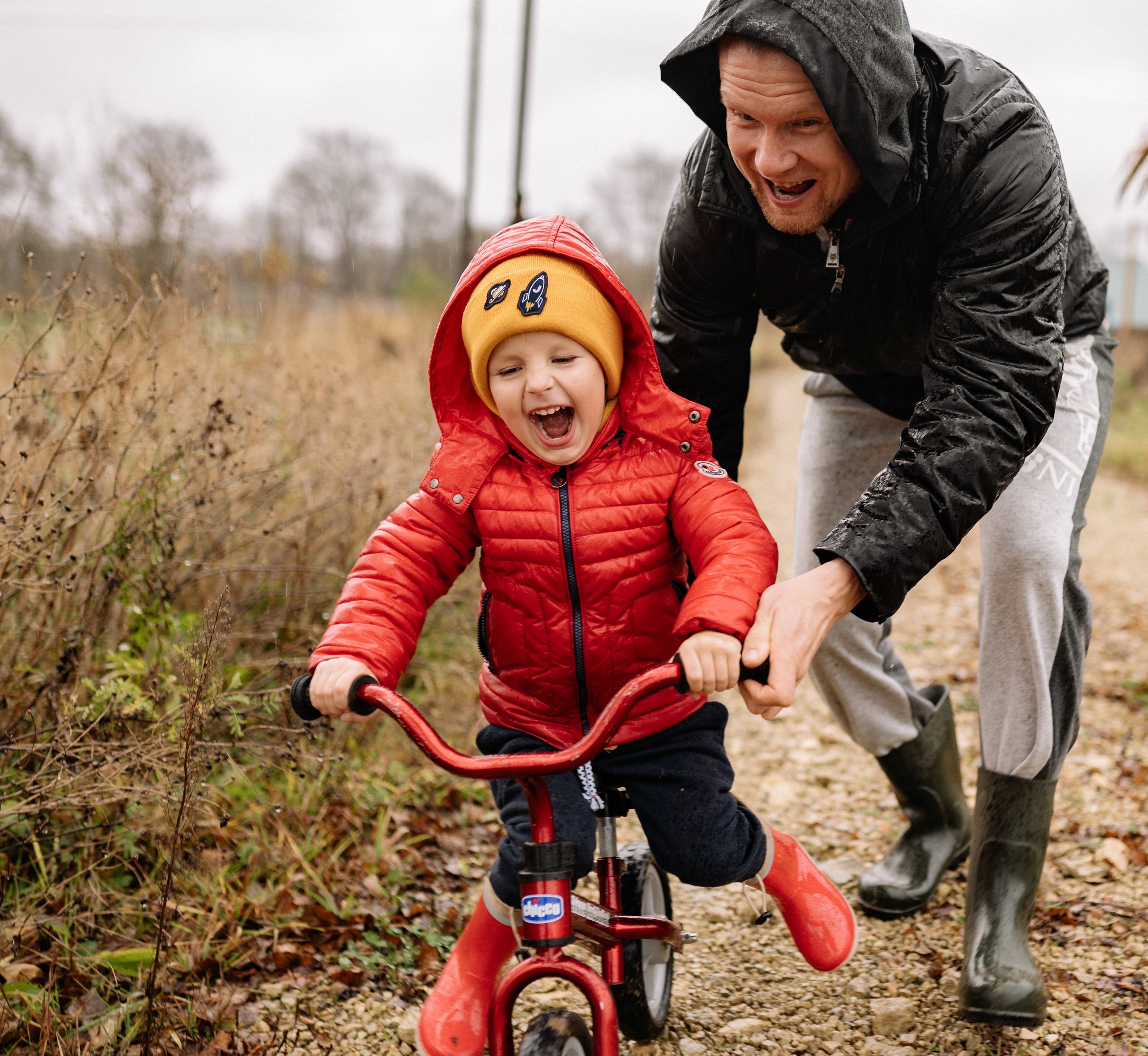Learning to Read is Like Learning to Ride a Bike
By Mark W.F. Condon, Unite for Literacy vice president
Learning to read is like learning to ride a bicycle. It’s motivated by seeing others do it and having fun.
Riding a bike conjures visions of magically flying like the wind. The secret in learning to ride is not in easily evaluated bicycle steering, pedaling and braking lessons. It comes from children discovering a deep sense of physical balance, and discovering how to control that balance through the use of the handlebars and their own bodily adjustments. Kids keep riding bikes because they “get” how much fun and freedom they provide.
To become avid readers, children first need to “get” what reading is, why they should do it and that’s it’s fun. If children learn what books are and the wonders books contain, they will learn reading. If they spend time with self-selected books, they will learn reading, despite efforts to teach them “to read” or complete activities designed to improve test scores. Therefore, helping learners “get it” is one of the most important goals of any good education. Simply, reading development comes from children receiving support and encouragement to voluntarily choose and read books.
And if you think children can’t learn to read without structured academic lessons, let’s consider Abraham Lincoln’s lonely and almost inexplicable path to literacy:
As [Lincoln] later recalled in a short account of his life, his education was acquired “by littles” and the total “...did not amount to one year.” Soon, his eyes were opened to the joy of books and the wonders of reading and he became an eager reader. At the age of 11 he read Parson Weems’ “Life of Washington.” He followed it with “The Autobiography of Benjamin Franklin,” “Robinson Crusoe,” and “The Arabian Nights.” He could often be seen carrying a book as well as his axe. For Abraham Lincoln, to get books and read them was “the main thing.”*
THAT–the inner fire that comes from the discovery of personally wonder-filled books–must be the “main thing” for teaching literacy. Hence, let’s stop acting as if teaching children “to read” is equivalent to teaching children personal ownership of their own literacy–the seeking out and enjoyment of reading.
This distinction is a critical one because some early literacy curricula teach the mouthing of word-like sounds related to strings of letters in the alphabet, hoping children learn to turn those mumblings into literate activity. The lack of meaning clouds children’s discovery of enduring personal literacies, and their ability to use paper, writing and books to share and connect with the world.
Solid readers know that reading has to make sense–to them. With that in place, the reading of words in a text becomes easier. As they learn the social nature of writing and how to use the structure of their home language, enjoying print literacy becomes like breathing out and breathing in. Then, children can pretty much figure out what a text means, playing with the letters to help them pronounce new-to-them words. That also helps children realize that they knew some words all along, and deepens their abilities to write and to perceive new meanings in books.
Reaching out far beyond his personal space by sending and receiving messages of love and enchantment within eye-opening writings is what drove Abe Lincoln to educate himself as a reader and to produce memorable speeches. Let’s offer children the same opportunity by helping them to “get” reading.
And remember, the secret in learning to read comes from children discovering books and experiencing how they can feed their interests and curiosities–just like learning to ride a bike can feed their sense of confidence and freedom.
